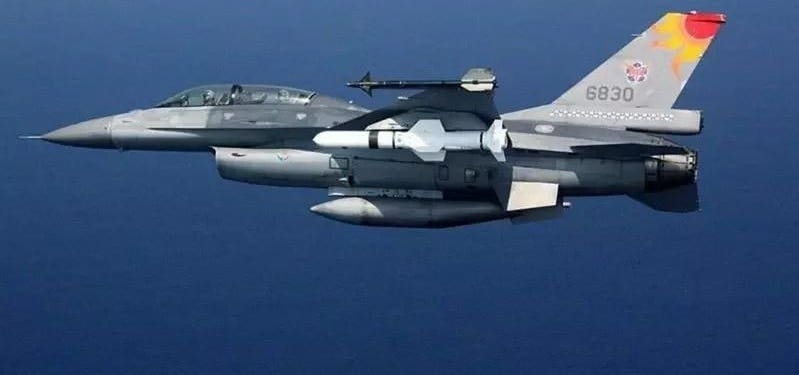The Ukrainian air force’s future fleet of former Danish, Dutch and Norwegian Lockheed Martin F-16 fighters should significantly boost the air force’s air-defense and deep-strike capabilities.
But the nimble supersonic jets also could give the air force its first true anti-ship capability. The Norwegian jets carried locally-made Penguin anti-ship missiles until the Norwegian air force gradually retired the aging missiles in the early 2000s.
Despite the widespread, but untrue, belief that Norway’s F-16s lost their Penguin compatibility in the course of the comprehensive Mid-Life Update program in the early 2000s, there’s no reason the ex-Norwegian F-16s could resume carrying Penguins in Ukrainian service.
There were unverified reports Norway donated a batch of Penguins to Ukraine in 2021.
But if the Ukrainian air force wants to go hunting for Russia’s surviving Black Sea Fleet warships, there’s an alternative to the 30-mile, infrared-guided Penguin. With only minimal modification, Ukrainian F-16s could carry the American-made Harpoon anti-ship missile, which already is in Ukraine’s arsenal.
At 1,500 pounds, the sea-skimming Harpoon is nearly twice as heavy as the Penguin is, travels farther—at least 75 miles—and, depending on the model, has a radar seeker or a combination of radar and GPS.
Only a few air forces hang Harpoons on their F-16s: Taiwan is the most notable example. The Republic of China Air Force arms old and upgraded F-16s—A/B-models and the latest V-models—with the original Block I Harpoon and newer Block IIs with their additional GPS guidance. These ship-killing F-16s are central to the ROCAF’s plan for defeating a Chinese invasion fleet.
The 1990s-vintage F-16 Block 50/52 comes with preinstalled hardware and software that makes them fully compatible with the Harpoon in all its various launch modes. One mode sends the missile on a particular bearing, but counts on the munition’s seeker to spot the target. Another mode gives the missile both bearing and range to the target, improving the odds of a hit.
But it’s possible to arm practically any F-16 with the Harpoon with a small tweak to the software plus the installation of so-called “Harpoon Interface Adapter Kit,” a 1980s-vintage control box that fits in the same pylon that the missile hangs from.
Ukraine already has Harpoons. Denmark, The Netherlands, Spain, the United Kingdom and the United States all donated copies to Ukraine starting in early 2022. The Ukrainian navy fires these Block I and Block II missiles from truck-mounted launchers—and in June 2022 used one to sink the Russian support ship Vasily Bekh.
There’s not much difference between a ground-launched Harpoon and an air-launched one. The surface-launched missiles have rocket boosters; the air-launched missiles don’t need them, as the launching plane itself provides the initial boost.
The Ukrainian air force could turn some or all of its 60-plus F-16s into sea-denial platforms by installing interface kits—which the Americans surely would be happy to supply—and popping the boosters off its existing Harpoons. Ukrainian F-16s firing Harpoons could threaten Russian ships across the entire Black Sea.
Read the full article here





